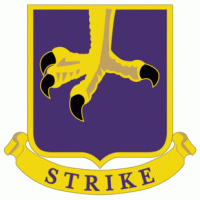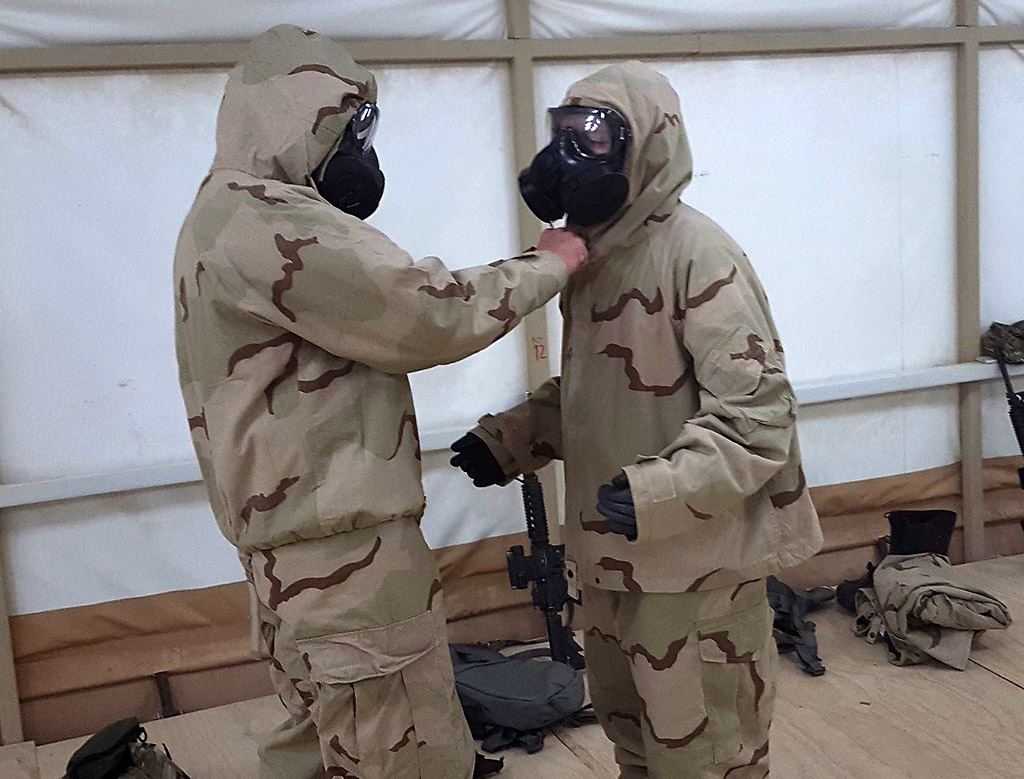Written by 1st Lt. Daniel Johnson
2nd Brigade Combat Team, 101st Airborne Division (AA) Public Affairs


Asia – As the Soldiers of Task Force Strike arrive in theater as part of Operation Inherent Resolve on their way to many different locations throughout Iraq, personnel here ensure they get to where they need to go at the time they are supposed to.
Many of the liaisons here deployed early, arriving in the country weeks before other Soldiers to ensure that the conditions would be set for the task force’s arrival.
“I deployed about three weeks ago” said CW1 Issac German, Task Force Strike mobility warrant officer. “My duty is to get all the Strike personnel and equipment from Fort Campbell to their end location, wherever that may be.”

“To get here, personnel get a contracted flight from the states where they have to be booked over 30 days in advance through the Air Force,” said German. “Follow-on flights into Iraq are coordinated at about the same time. My biggest concern is ensuring there are the right amount of seats reserved for the personnel.”
As flights arrive, incoming units must be quickly integrated and complete many important tasks before they head off to their final location.
“The reception, staging, onward movement, and integration process starts from the time people arrive at the airport [located on the camp],” said Sgt. 1st Class Sarah Baldwin, RSOI noncommissioned officer in charge. “Once they are transported here … the process is usually 96 hours.”

During this process, mandatory training is given to Soldiers in order to prepare them for their upcoming missions, equipment is signed for, and final coordination are made.
“The first day we give them the theater in brief,” continued Baldwin. “The second day we’ll give them Chemical, Biological, Radiological, and Nuclear training, and the third and fourth days if they’re still here they’ll conduct rollover training and weapons ranges.”
Among the most important training is the CBRN training, with the threat of chemical weapons usage in Iraq.
“We ensure that Soldiers know how to use their protective equipment.” said Capt. Matt Mcduffie, Task Force Strike chemical officer. “During our training, we ensure they know proper mask donning and removal techniques, decontamination procedures, and how to properly done and remove their Joint Service Lightweight Integrated Suit Technology.”
Sometimes units are in the theater staging location for hours, other times the full four days. Due to the tight timeline of any military operation, each arrival and departure must be planned in advance. Even the slightest deviation can cause unwanted delays.
“We had to coordinate the training, equipment, and range land a while back.” said Baldwin. “We worked a lot with the battalion liaison officers.”
As Task Force Strike settles in at their final locations, eventually the work load will lessen. That is until nine months from now, when the process has to be done in reverse.



